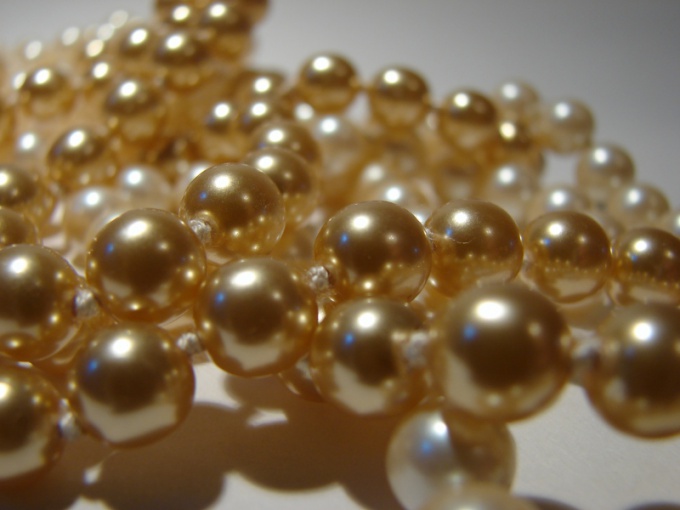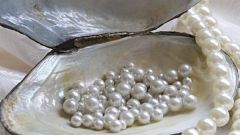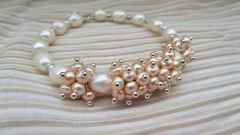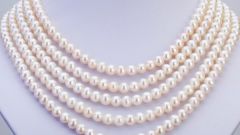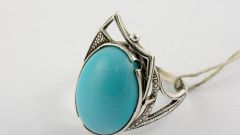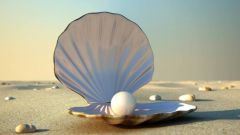Instruction
1
If you hold a natural pearl on the enamel of the tooth – there will be a feeling rough creak. This happens because natural and cultured pearls just seems perfectly smooth. In fact, his mother has a crystalline, granular texture.By the way, if you look at the gem through a microscope, we can see that the surface of natural pearlsand has a scaly structure, at the time, as artificial completely smooth.
2
Artificial pearls are often made hollow. And, therefore, it is much easier full of natural pearls. This makes it very vulnerable – an artificial pearl can be split, with minimal effort (e.g. a lot of pressure on it).
3
If we consider artificial pearl through a magnifying glass, you will notice that its inner surface is unnaturally smooth. In addition, around the available chips, the appearance of which is almost inevitable when drilling natural pearls.
4
There are other ways to distinguish real pearl from a fake. For example, in a fluid, having a density of 2.7, a natural pearls is not sinking. Cultured and natural pearls dissolved in strong vinegar, at the time, as some can simulate it at least in cooking.
Note
For some people it is very important that in their collection of jewelry was jewelry minerals exclusively of natural origin. And though cultured pearls are virtually indistinguishable from natural, for fans of all natural the natural origin of the pearls is the key.
To distinguish natural pearls from cultured quite easily. First of all, in appearance. Cultured (grown in pearl farms located mainly in Japan) has a very smooth correct form, at the time, as a natural pearl may have creases, sagging of pearl and imperfect form.
If we consider the pearls, placing it in front of a very bright lamp, can be seen in the cultured pearl - the foundations around which is not too thick layer of nacre.
It is believed that the ultraviolet light natural pearls has sky blue glow, while cultured glows green.
To distinguish natural pearls from cultured quite easily. First of all, in appearance. Cultured (grown in pearl farms located mainly in Japan) has a very smooth correct form, at the time, as a natural pearl may have creases, sagging of pearl and imperfect form.
If we consider the pearls, placing it in front of a very bright lamp, can be seen in the cultured pearl - the foundations around which is not too thick layer of nacre.
It is believed that the ultraviolet light natural pearls has sky blue glow, while cultured glows green.
